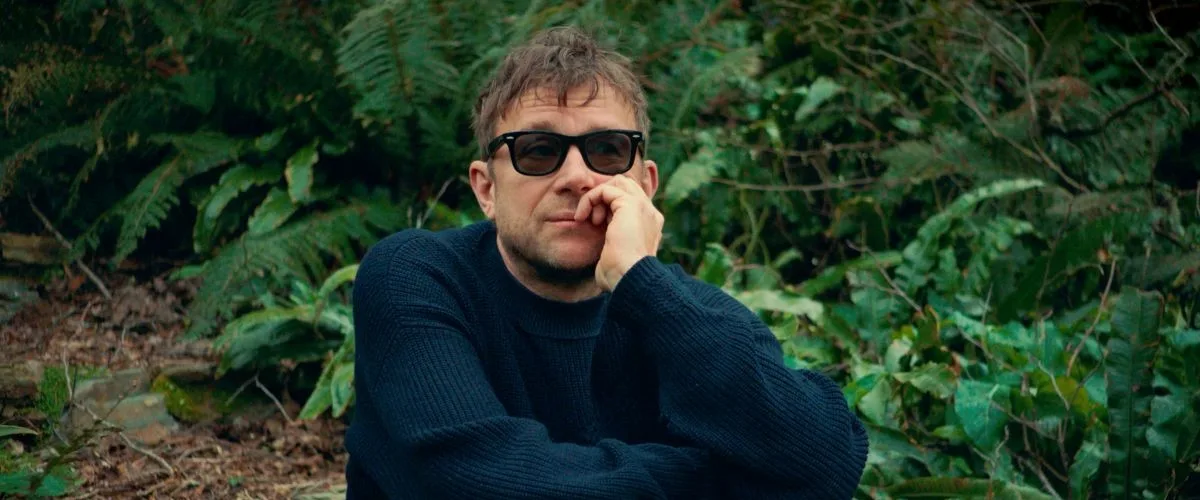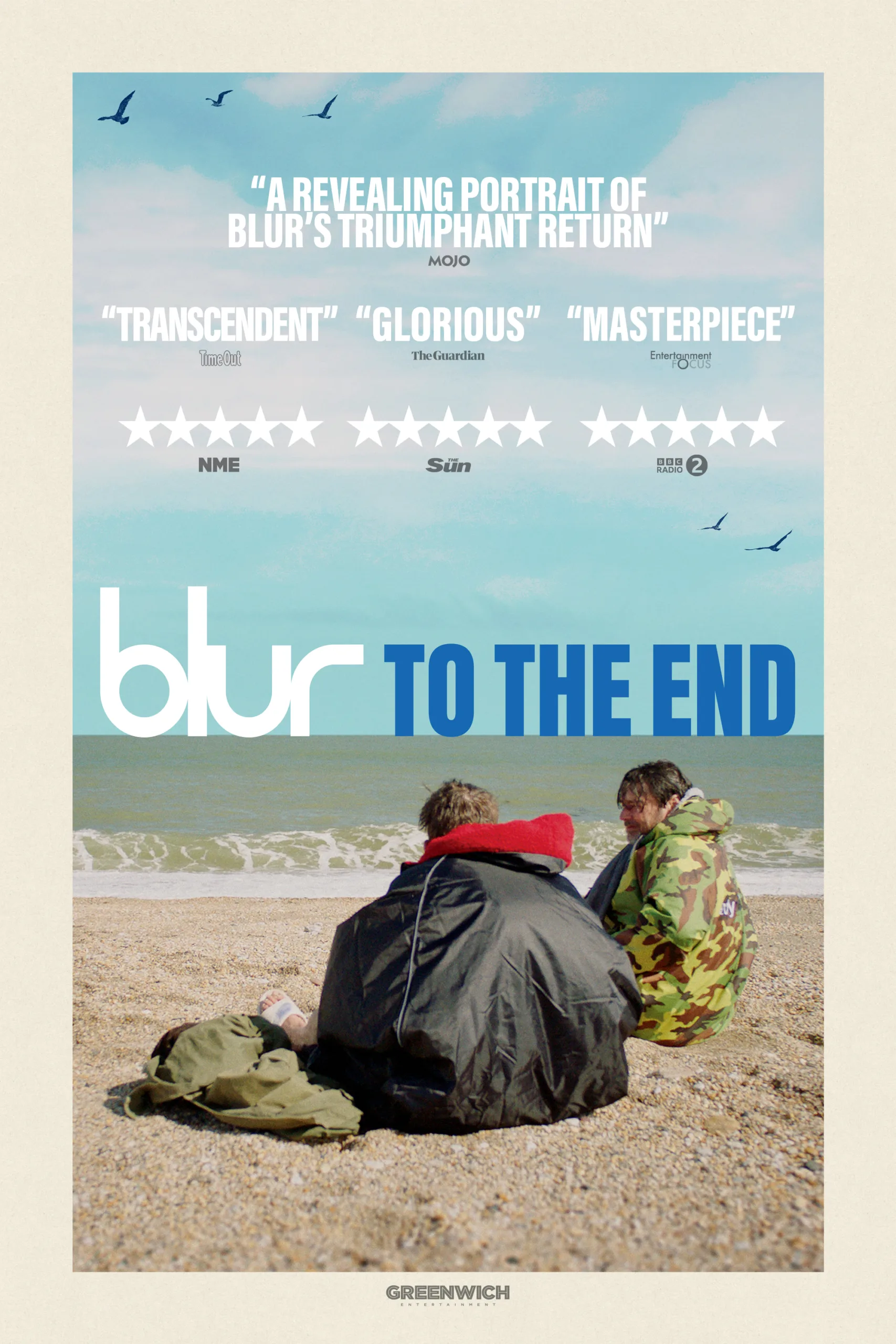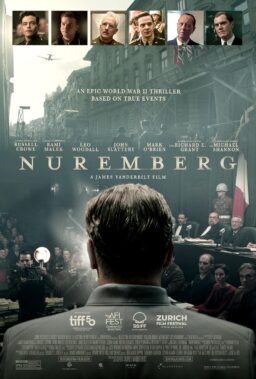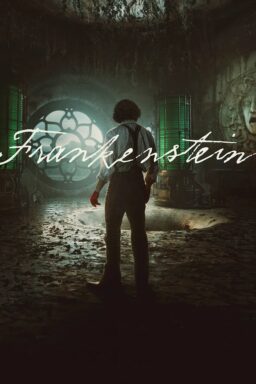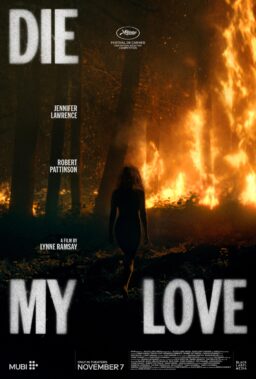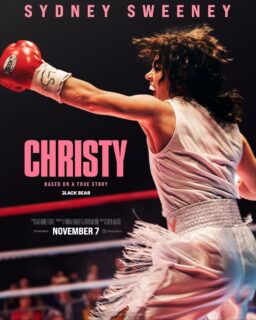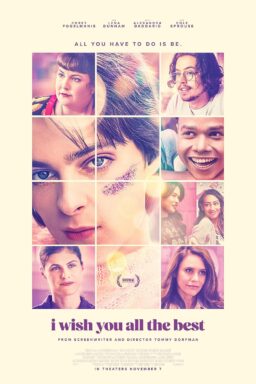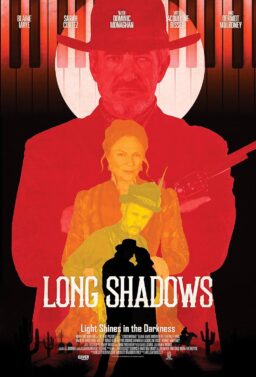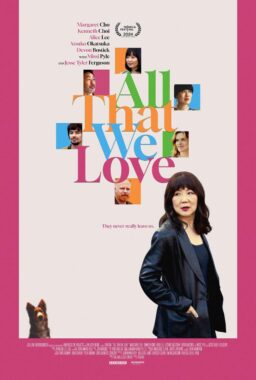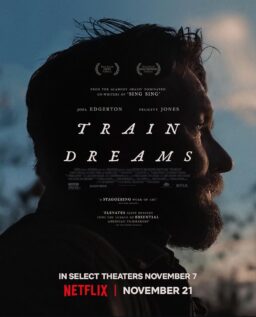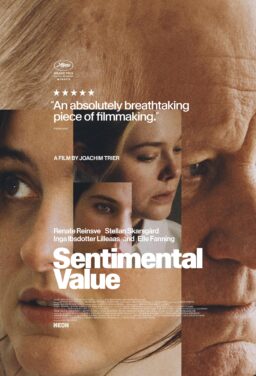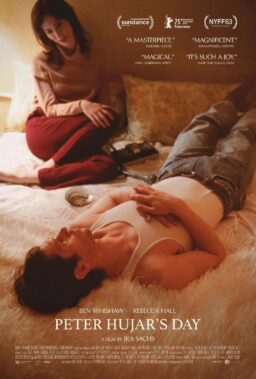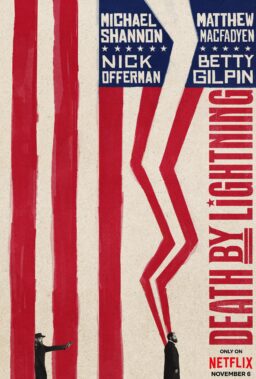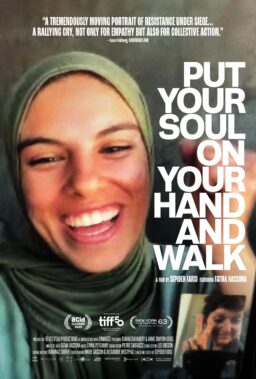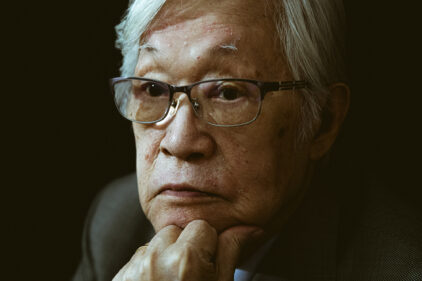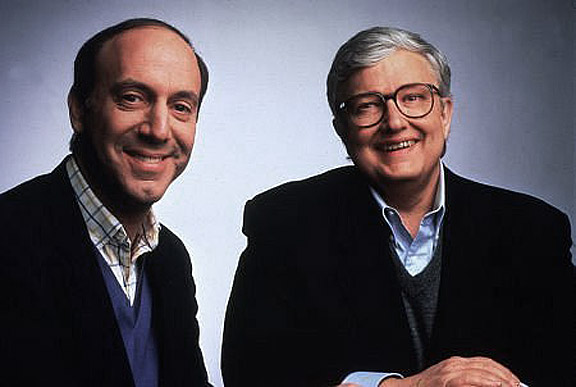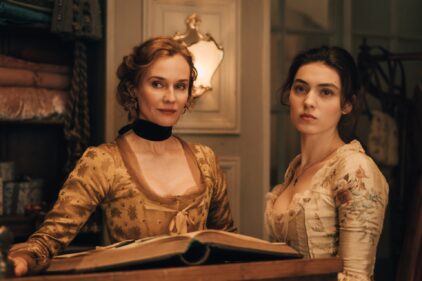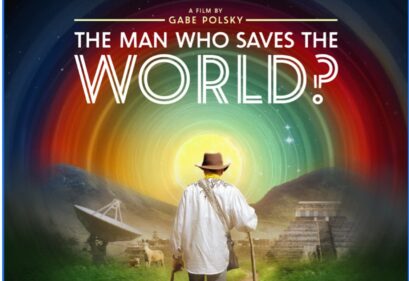“It’s a bit like drawing up from a well…and, in a lot of ways, it’s like you’re drawing you from then back up now, and it’s a bit odd really.” – Graham Coxon, blur
“blur: To the End” isn’t a traditional bio-doc that charts the ups and downs of a successful band from teen musical fumblings to superstardom to dissolution. It’s far more present than that. It works not because of its focus on what the wildly famous British band Blur was in the ‘90s (that’s been done in other docs), but on what they are now in the 2020s. It’s about aging as much as it’s about “Song 2,” and about trying to find something that hasn’t faded away inside of an artist. It culminates in a truly killer set from Wembley, the first time the band played the venue in July 2023, serving as a reminder that we can all still find our best selves when we put our minds to it, and if our friends are around to help.
Named after a track on the band’s stellar Parklife, “To the End” focuses on the reunion of blur to prepare for both that Wembley show and the recording of 2023’s The Ballad of Darren, their first album in eight years. And, trust me, the near-decade from your mid-40s to your mid-50s is a powerful one. The guys come back together, knowing that they’re not exactly in the same physical shape as when they were tabloid fodder, which gives the recording and practice sessions a raw apprehension. Blur always exuded such confidence that just seeing Damon Albarn and Coxon express this kind of uncertainty could be shocking, but it’s what distinguishes the film in many ways.
And, of course, anyone who knows even a little about blur knows that they didn’t always get along, which makes the threat of personality clashes a genuine concern. There are a few too many discussions about the brotherhood of being in a band or comparisons to marriage. Still, director Toby L. (who, in a way that will shock anyone alive for the “blur vs. Oasis” years, produced a documentary about Liam Gallagher before this one) strikes the right balance between man and music.
He’s also unafraid to place blur in a historical context that’s more than just hagiography. The truth is that a lot of blur’s fans weren’t even born when they were at the peak of their fame. How can the band speak to them again? By remaining vital to the conversation between the unforgettable melodies. “blur: To the End” also serves as a reminder that the sociopolitical commentary embedded in so much of the band’s work remains relevant during a time as politically troubled as the ‘90s. Blur was underrated in that context, and Toby L. very purposefully includes interviews with other artists from the Wembley show who speak about racial and social inequities in the country, which might have made Albarn seem snarky in the ’90s but feels more prescient three decades later.
One of the members of the band says that they’ve reached a point in their fifties when they have less patience but more humility. Albarn ran out of the former after a Coachella show went poorly in 2024, announcing that the band had probably played their final show. If “blur: To the End” truly is the chronicle of the final days of an influential band, it’s an effective one. The sessions of recording and practice captured here were on the heels of Albarn’s split from his partner, Suzi Winstanley, after 25 years together, and one can sense the vulnerability that sparked in so much of the film. This isn’t a film about a band as much as it is a film about old friends leaning on each other in the way they did when they were younger. It’s the only way to reach the well.

